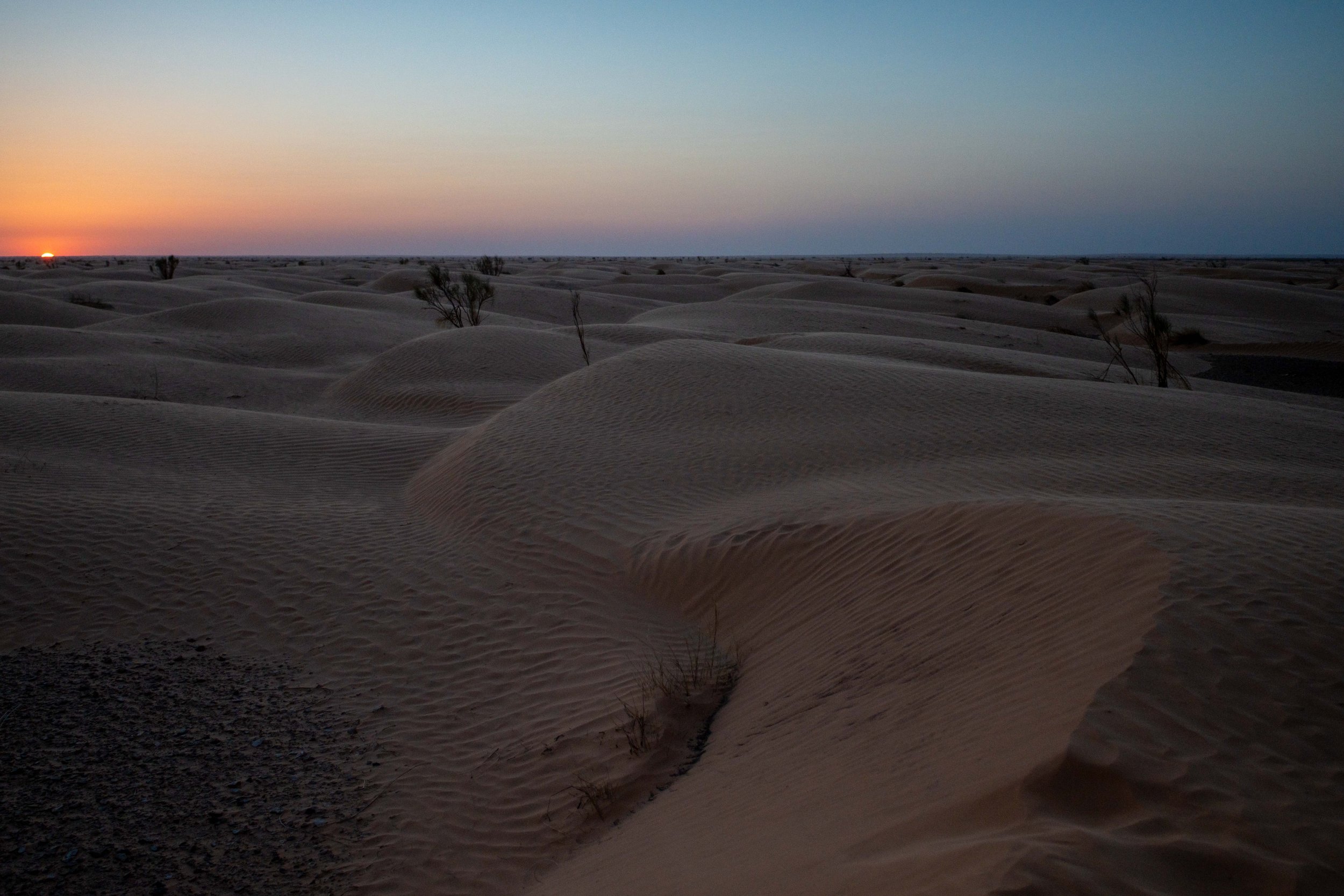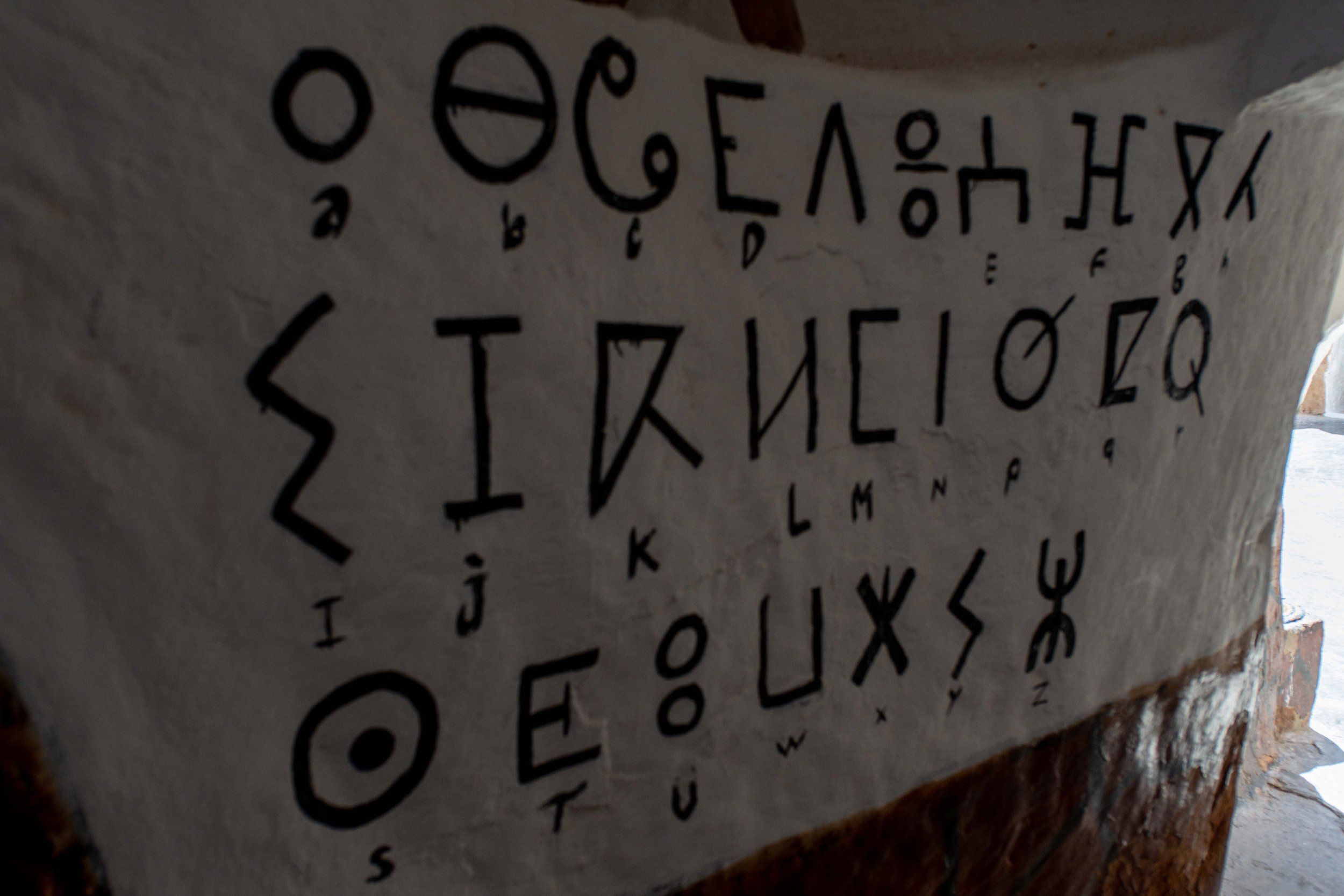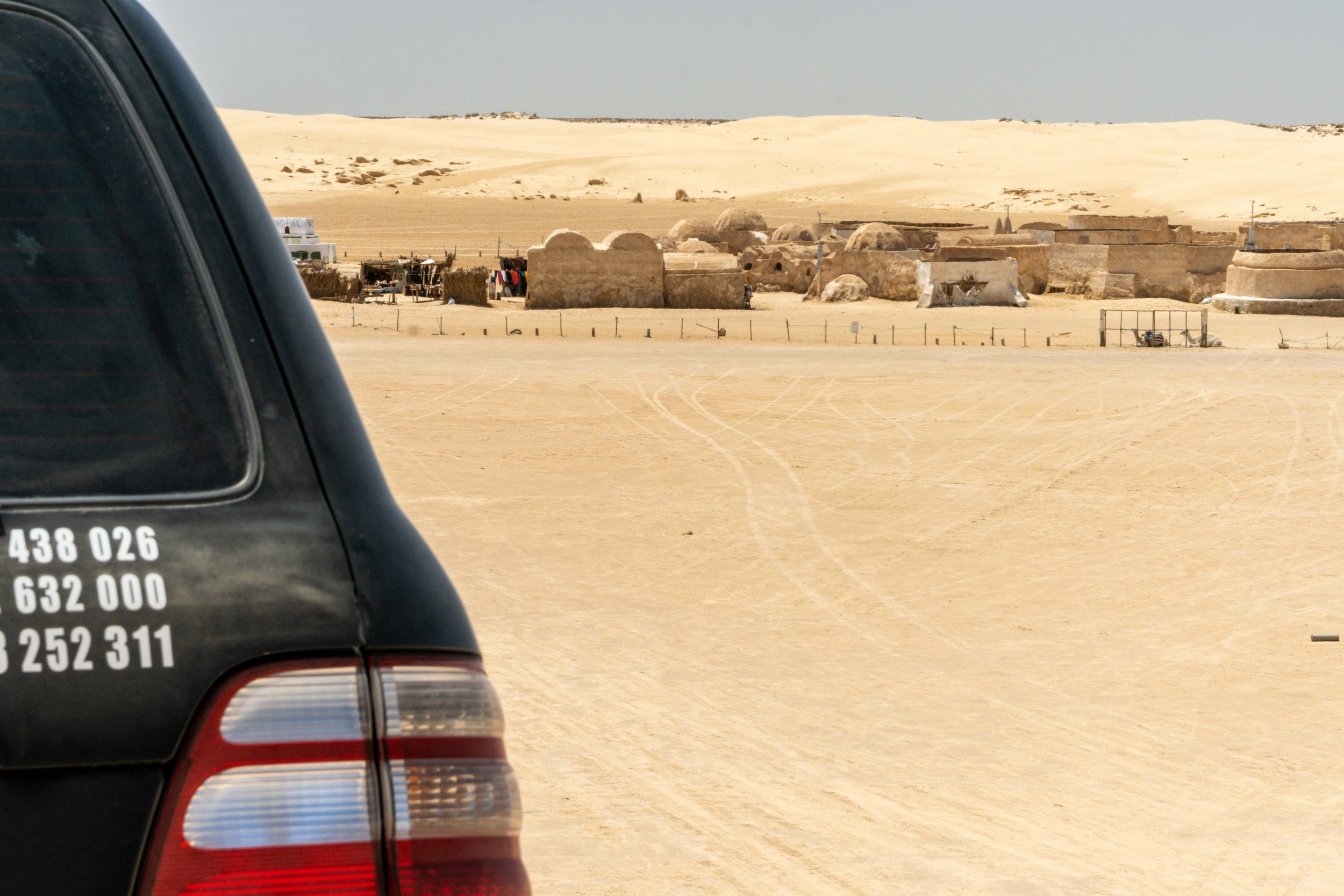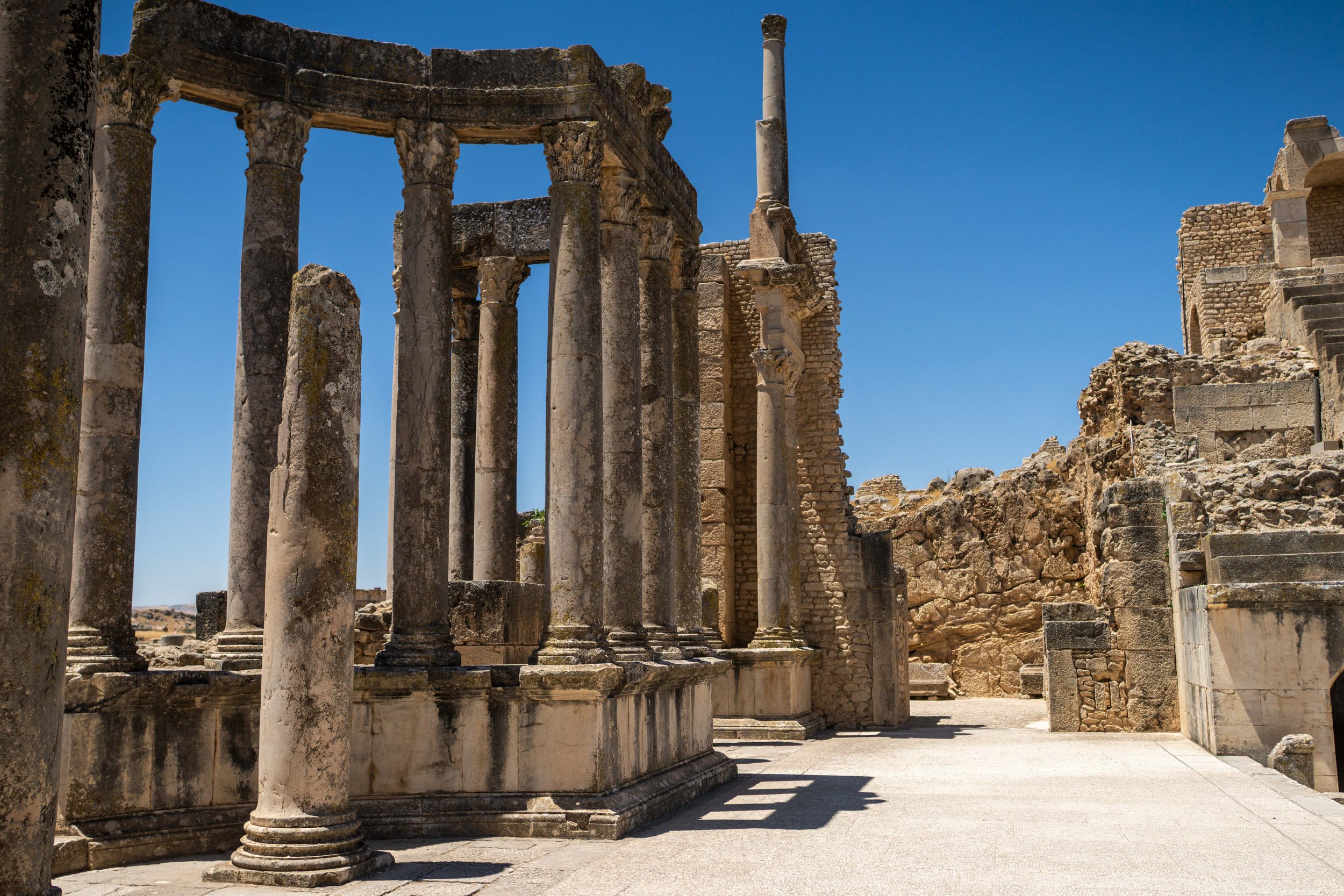So my final two days of being in Tunisia included a brief half hour ATV ride in the desert followed by an offroad excursion to a camp in the desert for an overnight stay. This was one of the most impressive parts of my trip. Being so remote in the Sahara is always incredible. The lack of sound and remote light sources is unusual in the human world. The tent in which I stayed was super hot—just as it was when I stayed in a tent in Morocco a few years ago. Its far better to sleep outside of any heavy structure in the open air. The next morning followed a reverse offroad path out of the desert and then visiting an underground home that is still commonly used by locals for environmental and security reasons while finishing up with visiting the Star Wars bar locale. A long drive back to Tunis included a final lunch with my guide for the prior few days and a hotel stay for one night in the heart of the city near the famous Tunis Medina which warranted a visit as well. Then it was off for home. A great trip overall. A bit disappointing in the are that locals take of their own natural and historic resources. I’m a bit Africa’d out at this point. There are a few “bucket list” items I’d return for (Luxor, climbing Kili, overlanding in Namibia) but in truth I’m more interested in visiting other continents and cultures hoping to find a bit more positive environment.
Tunisia Trip: Final Days
So my final two days of being in Tunisia included a brief half hour ATV ride in the desert followed by an offroad excursion to a camp in the desert for an overnight stay. This was one of the most impressive parts of my trip. Being so remote in the Sahara is always incredible. The lack of sound and remote light sources is unusual in the human world. The tent in which I stayed was super hot—just as it was when I stayed in a tent in Morocco a few years ago. Its far better to sleep outside of any heavy structure in the open air. The next morning followed a reverse offroad path out of the desert and then visiting an underground home that is still commonly used by locals for environmental and security reasons while finishing up with visiting the Star Wars bar locale. A long drive back to Tunis included a final lunch with my guide for the prior few days and a hotel stay for one night in the heart of the city near the famous Tunis Medina which warranted a visit as well. Then it was off for home. A great trip overall. A bit disappointing in the are that locals take of their own natural and historic resources. I’m a bit Africa’d out at this point. There are a few “bucket list” items I’d return for (Luxor, climbing Kili, overlanding in Namibia) but in truth I’m more interested in visiting other continents and cultures hoping to find a bit more positive environment.

































































































































